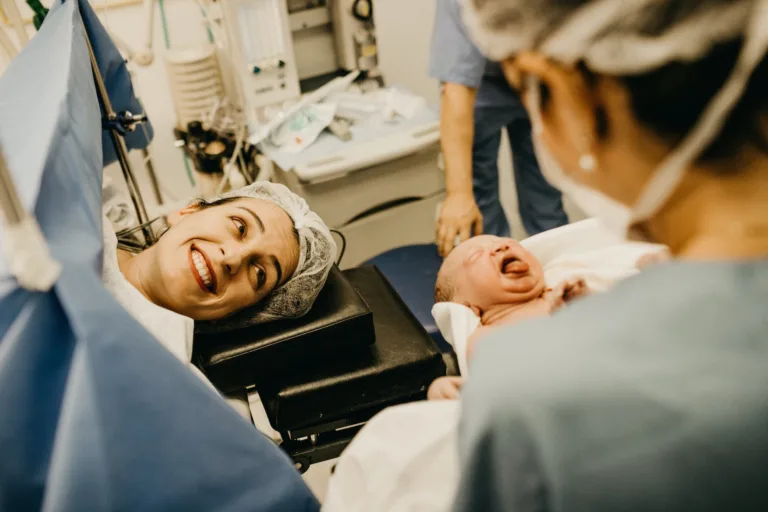Mastering The Miracle Of Childbirth: From Breathing To Baby Bootcamp 101
As a mother myself, I understand the overwhelming feeling of preparing for childbirth. The journey to bringing new life into this world is a miraculous experience but it can also be nerve-wracking and stressful. That’s why I’m excited to share with you my knowledge and experience in mastering the miracle of childbirth preparation.
In this article, we will cover everything from understanding the stages of labor to pain management options, creating a birth plan, breathing and relaxation techniques, labour lessons and preparing for postpartum.
Whether you’re a first-time mom or an experienced one, there’s always something new to learn about childbirth. So let’s dive in together and mastering the miracle of childbirth!
Understanding the Stages of Labor
You’re about to discover understanding the different phases of labor, and how your body will change throughout each stage.
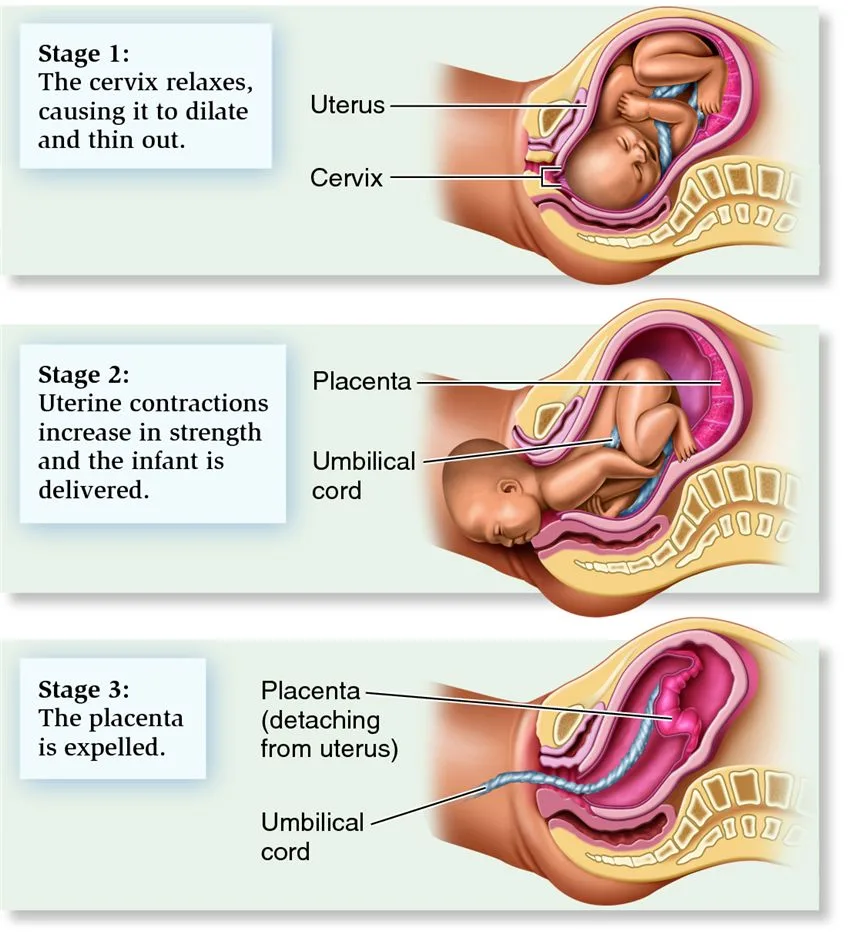
The first phase is called early labor, where contractions become more frequent and intense, but still manageable. This phase can last anywhere from a few hours to a full day. It’s important to keep track of the timing between contractions and notify your healthcare provider when they’re consistently 5-7 minutes apart.
The second phase is active labor, where contractions become stronger and closer together. This is when it’s time to head to the hospital or birthing center. During active labor, pushing techniques such as squatting or using a birthing ball may be helpful in managing pain and speeding up progress.
As you move into the third and final phase of labor, it’s time for delivery! Keep in mind that every woman’s experience with mastering the miracle of childbirth is unique, so don’t hesitate to ask your healthcare provider any questions you may have about the stages of labor.
Now let’s talk about pain management options for mastering the miracle of childbirth.
Pain Management Options in Mastering the Miracle of Childbirth
There are various ways to take the edge off during labor, so let’s explore some pain management options that might be right for you.
Medication is a common way to manage pain during and when aim mastering the miracle of childbirth. There are different types of medication available, such as epidurals, which provide continuous pain relief through a catheter inserted into the lower back. Narcotics can also be given through an IV to help relieve pain and anxiety.
However, some women prefer natural methods of pain management, like breathing techniques and massage therapy. A partner or doula can provide support through physical touch and emotional encouragement is important when mastering the miracle of childbirth.
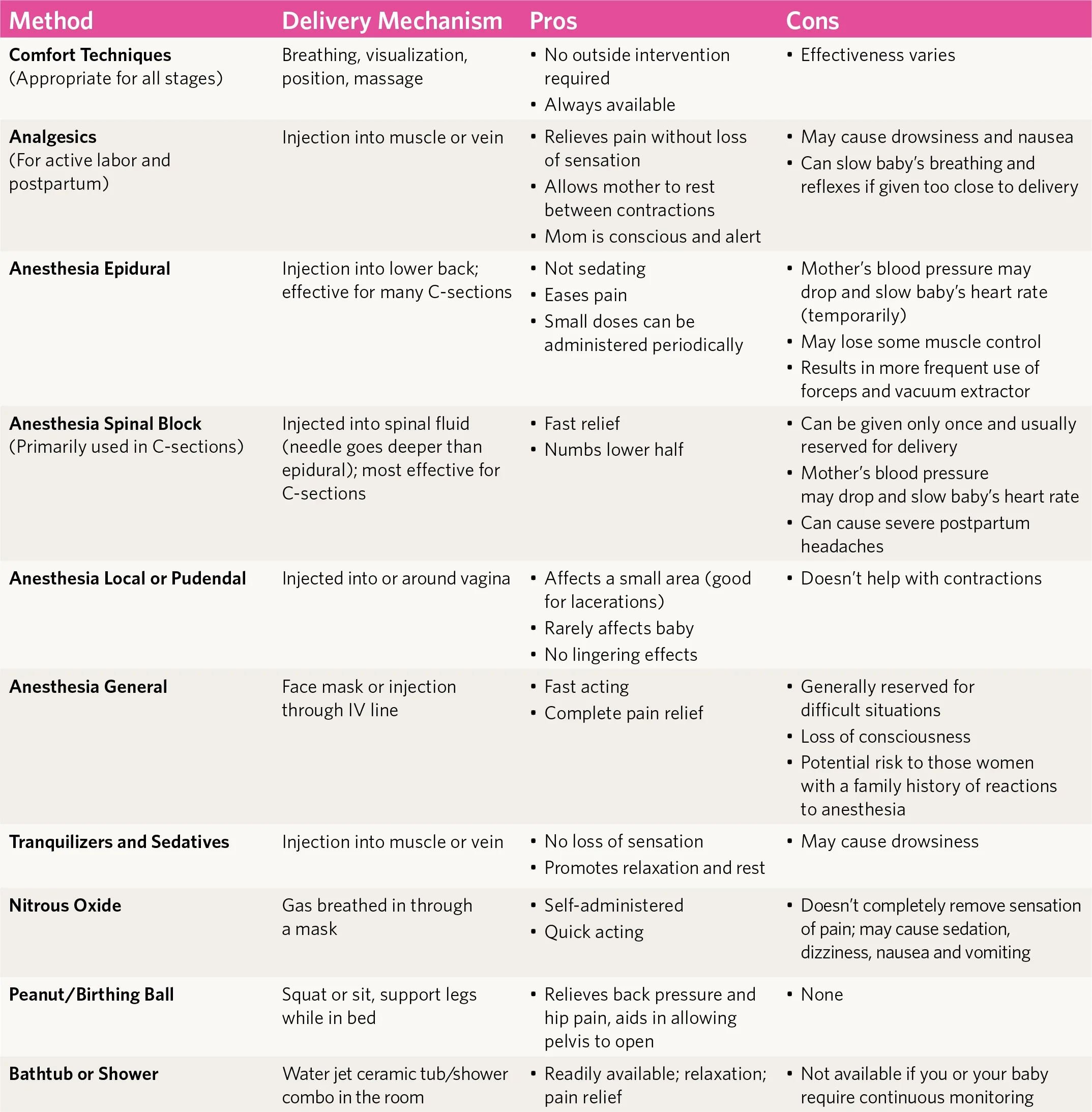
It’s important to discuss your preferences with your healthcare provider and birth team in advance so they can help facilitate your choices during labor.
Now that we’ve discussed different options for managing pain childbirth with natural pain management when mastering the miracle of childbirth, let’s move on to creating a birth plan that incorporates these preferences in mastering the miracle of childbirth.
Creating a Birth Plan
When it comes to preparing for the big day, envisioning your ideal labor and delivery experience can help you communicate your desires effectively with your healthcare team. Creating a birth plan is an excellent way to clearly outline your preferences when mastering the miracle of childbirth.
Here are three things to consider when creating yours:
1. Communicating with partner: Discussing your wishes with your partner beforehand will ensure that you both have a shared understanding of what you want during the labor and delivery process.
2. Choosing preferences: Consider all aspects of the birthing experience, such as pain management options, who’ll be present in the room, and any cultural or religious practices important to you.
3. Flexibility: Be open to changes in circumstances that may arise during labor and delivery, as well as alternative methods for achieving your desired outcome.
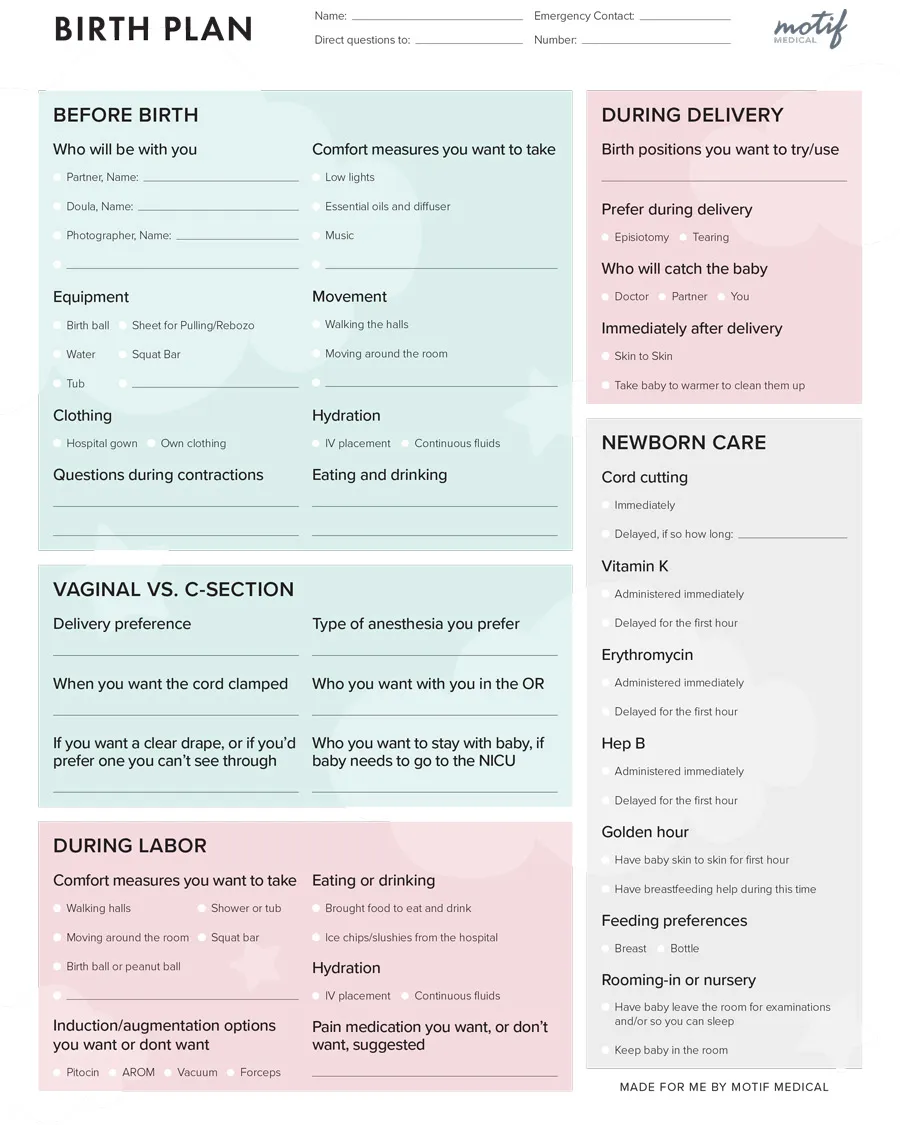
As you prepare for mastering the miracle of childbirth, breathing and relaxation techniques can help ease discomfort and manage stress levels.
Breathing and Relaxation Techniques
Take a moment to imagine yourself in a calm and peaceful state, surrounded by supportive people who are ready to help you bring your baby into the world. You can achieve this state of mind through mindfulness practice, which involves focusing on your breath and letting go of any racing thoughts or worries.
By practicing mindfulness and positive birth affirmations regularly during pregnancy, you can build the skills necessary to stay present and relaxed during labor when mastering the miracle of childbirth. In addition to practicing mindfulness, it’s important to have support from your partner or other loved ones to help you mastering the miracle of childbirth.
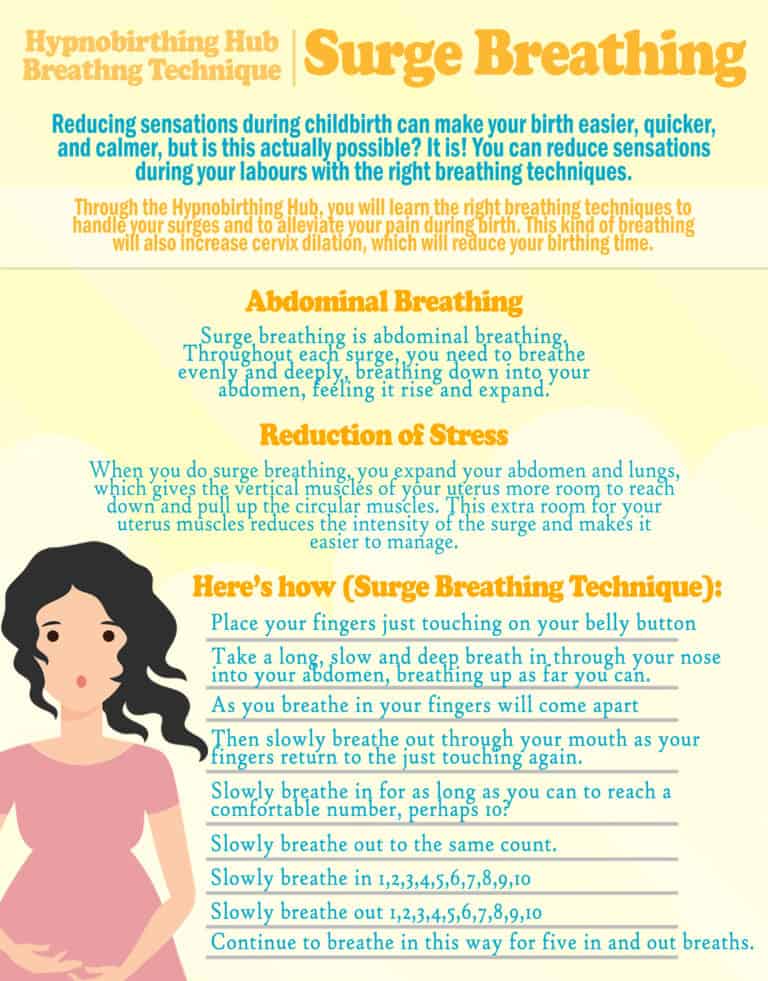
Your partner can help remind you to breathe deeply and steadily, while also offering physical support such as holding your hand or providing counter pressure during contractions. With these breathing and relaxation techniques in place, you’ll be better equipped to handle the physical demands of labor with grace and ease mastering the miracle of childbirth.
As you prepare for postpartum life with your newborn, it’s important to remember that self-care is just as important now as it was during pregnancy.
Preparing for Postpartum
It’s ironic that while preparing for mastering the miracle of childbirth and the arrival of your little bundle of joy, it’s equally important to prioritize self-care and plan ahead for postpartum life.
As a soon-to-be mom, I’ve learned that taking care of myself after giving birth is just as crucial as taking care of my baby during pregnancy. That’s why I’ve been researching self-care strategies and building a strong support system.
Self-care during postpartum can come in various forms, such as making sure to get enough rest, nourishing your body with healthy food, and taking time to do things you enjoy.
It’s easy to put your own needs aside when you have a newborn demanding all of your attention, but neglecting yourself can lead to burnout and affect your mental health.
Additionally, finding people who can offer emotional support or even practical help like cooking meals or running errands can alleviate some stress and make the transition into motherhood smoother.
By prioritizing self-care and building a support network early on, I hope to be better equipped to handle the challenges that come with postpartum life.
Frequently Asked Questions
How do I know if I am experiencing false labor or actual labor?
As a soon-to-be mom, I know how confusing it can be to tell whether you’re experiencing false labor or actual labor. It’s easy to mistake Braxton Hicks contractions for the real deal, but there are some signs of true labor that you should look out for.
One major difference is that true contractions will become stronger and more frequent over time, while false contractions tend to stay the same or decrease in intensity. Additionally, true labor may also come with other symptoms like lower back pain or a bloody show.
If you’re still unsure whether you’re in labor or not, it’s always better to err on the side of caution and contact your healthcare provider for guidance.
Can I still have a natural birth if I have previously had a c-section?
Vaginal birth after c-section, or VBAC, is a possibility for many women who have previously had a c-section. It’s important to weigh the risks and benefits of attempting a VBAC with your healthcare provider.
Some benefits include avoiding major surgery and having a shorter recovery time. However, there are also risks involved such as uterine rupture which can be life-threatening for both mother and baby.
Preparing for a VBAC includes finding a supportive healthcare provider, discussing your individual risk factors, and creating a birth plan that takes into account potential complications. With the right preparation and support, many women are able to successfully have a natural birth after having had a c-section.
But whatever you choose, I hope you will be able to use this article to be knowledgeable about mastering the miracle of childbirth.
What should I pack in my hospital bag for myself and my baby?
I’m about to head to the hospital for my baby’s arrival, and I’ve been thinking a lot about what essential items I need to pack in my hospital bag.
As a first-time mom, I’ve done some research and have come up with some packing tips that might be helpful for other expecting moms out there.
Some of the essential items include comfortable clothes, toiletries, snacks, and important documents such as insurance information.
It’s also important to think about what you’ll need specifically for your baby like diapers, wipes, and a going-home outfit.
Don’t forget to bring something for entertainment too! A book or tablet can help pass the time during long labor or recovery periods.
Packing ahead of time can help alleviate stress when it’s time to go and ensure you have everything you need for yourself and your new bundle of joy.
So don’t wait until the last minute – start planning your hospital bag now! Oh, by the way, it’s totally fine if you still use pen & paper instead of digital checklists – whatever works best for you!
How soon after giving birth can I start exercising again?
After giving birth, it’s important to give your body time to recover before jumping back into exercise. The amount of time needed for recovery can vary from person to person, but generally speaking, it’s recommended to wait at least six weeks before starting any postpartum exercise routine.
During this time, focus on gentle movements and stretches that help with circulation and alleviate any discomfort. Once you’re ready to start exercising again, be sure to ease into it slowly and listen to your body.
Recovery tips include staying hydrated, getting enough rest, and incorporating pelvic floor exercises into your routine. Remember that postpartum exercise is not about ‘bouncing back’ or losing weight quickly – it’s about taking care of yourself and allowing your body the time it needs to heal after childbirth.
Is it safe to have a home birth or should I choose a hospital birth?
When deciding between a home birth and hospital birth, it’s important to weigh the pros and cons of each option.
One advantage of having a home birth is the comfort and familiarity of giving birth in one’s own space. Additionally, midwives are often the primary care providers during home births, providing personalized care throughout the pregnancy and delivery process.
However, it’s important to note that not all pregnancies are suitable for a home birth and complications can arise. In these cases, hospital births with doctors present may be necessary for safe delivery.
Ultimately, whether you choose a midwife or doctor for your birth experience depends on your personal preferences and medical needs and that you will be able mastering the miracle of childbirth.
Why is childbirth a miracle?
Childbirth is a miracle because you are giving a life to an unborn child. As they say that it is a precious gift from above and not every woman can give birth and be blessed with a child. Me being a mom of four, I considered my children as the best gifts that I received from above. And while other mothers and families are rejoicing for the new members, some mothers are in great despair due to unborn baby that didn’t make their first cry in this world.
How can I have a successful childbirth?
To have a successful childbirth, you have to take care of yourself starting with the first day you dound out that you are pregnant. Eat a healthy balanced diet, light exercise and consider taking a childbirth classes to learn about mastering the miracle of childbirth. I had a rough birth on my first born that’s why I always consider planning ahead and most importantly have my birth plan and talk to my healthcare providers to manage my childbirth smoothly as possible.
Conclusion
In conclusion, preparing for mastering the miracle of childbirth it can be overwhelming, but it can be a manageable and empowering experience with the right tools and resources. As I approach my due date, I’ve learned about the different stages of labor and pain management options available to me.
Additionally, creating a birth plan has allowed me to communicate my preferences with my healthcare provider. One interesting statistic that caught my attention is that around 85% of women experience some form of pain during labor. However, there are various techniques such as breathing exercises and relaxation methods that can help alleviate this discomfort when mastering the miracle of childbirth.
It’s important to remember that mastering the miracle of childbirth is unique in every woman and there’s no one “right” way to give birth. By educating ourselves and being open-minded, we can feel more prepared for the journey ahead.






